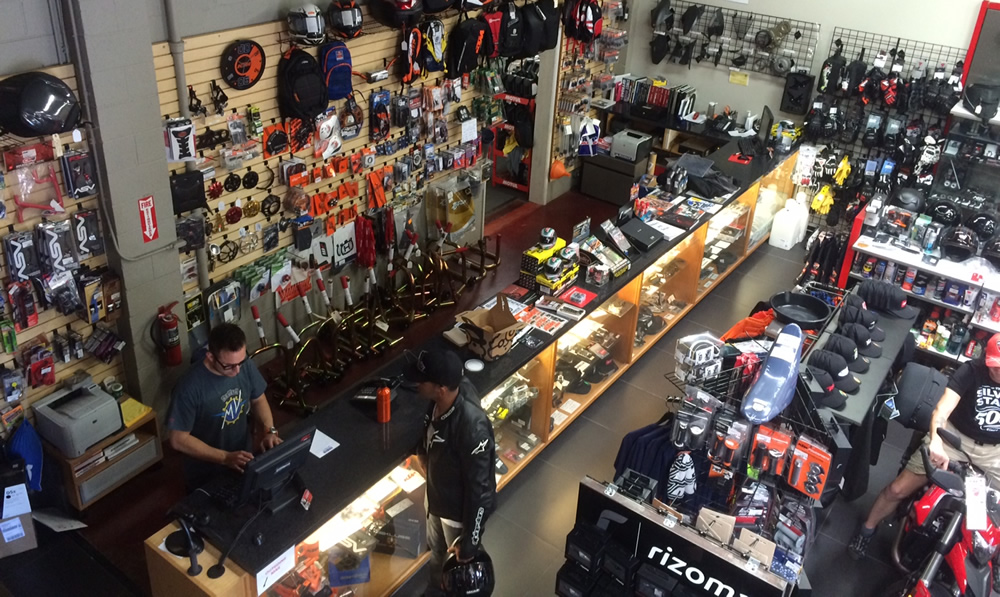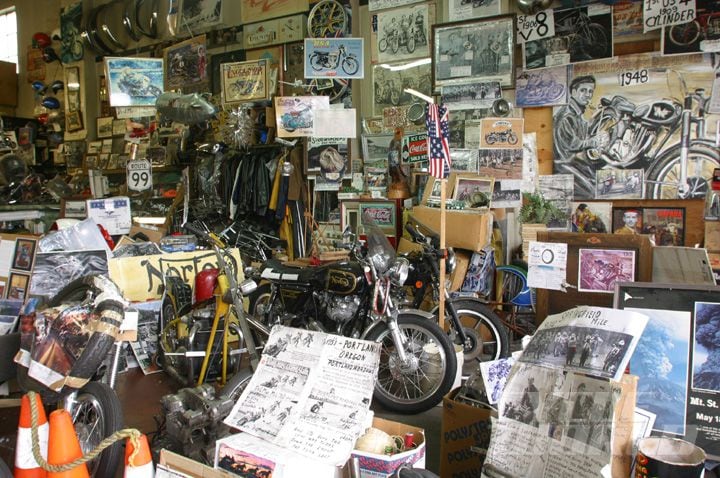Top MX Gear NZ: Get Ready for Your Next Off-Road Journey
Top MX Gear NZ: Get Ready for Your Next Off-Road Journey
Blog Article
Comprehending the Crucial Components of a Bike: A Comprehensive Guide for Fanatics
For bike lovers looking to boost their riding experience and guarantee their bikes run efficiently, understanding the essential parts of a motorcycle is paramount. Each element, from the engine's elaborate workings to the crucial role of the braking mechanisms, not just impacts performance but likewise safety and security and convenience.
Engine Elements

The camshaft plays a crucial role in regulating the timing of the engine's shutoffs, making certain the exact opening and closing required for effective fuel and air consumption, in addition to exhaust expulsion. This timing is vital to keeping optimum engine efficiency and efficiency. Furthermore, the carburetor or gas injection system, depending on the bike version, is responsible for blending air with fuel in the correct ratio for combustion.
The air conditioning system, either air or liquid-based, functions to preserve the engine's temperature within operational limitations, avoiding getting too hot and making certain long life - mx gear nz. Each element, carefully developed and integrated, adds to the seamless procedure of the engine, defining the motorcycle's power outcome and overall performance
Transmission System
Indispensable to the motorbike's functionality, the transmission system guarantees reliable power transfer from the engine to the wheels. This system comprises numerous vital components, including the clutch, gearbox, and final drive, each playing a vital duty in converting the engine's power into motion. The clutch, generally run by a hand lever, serves to disengage the engine and involve from the transmission, enabling smooth gear modifications and controlled velocity.
The gearbox, commonly described as the transmission appropriate, consists of a collection of equipments that riders can by hand shift through to change the bike's speed and torque result. These gears are set up in a series that allows the bike to speed up efficiently and maintain optimal engine efficiency across different rates. The majority of motorbikes utilize a consecutive transmission, needing the motorcyclist to shift gears in an established order.
Braking Devices
While understanding the transmission system is vital to harnessing a bike's power, equally important is the capacity to control and quit that power properly, which is where braking devices come into play. Brakes are crucial for security and efficiency, providing the motorcyclist with the needed control to navigate various surfaces and problems. Generally, motorbikes feature two sorts of braking systems: disc brakes and drum brakes.
Disc brakes are more prevalent in contemporary bikes due to their remarkable performance. They contain a brake disc, caliper, and pads. When turned on, the caliper presses the brake pads versus the rotating disc, transforming kinetic energy into warm, thereby slowing the wheel. This system provides much better heat dissipation, consistent performance, and improved stopping power, particularly Recommended Site in damp problems.
Conversely, drum brakes, though much less typical, are still found in some motorcycles. They work by pressing brake shoes against the inner surface area of a drum connected to the wheel. While typically much less effective in warmth dissipation and quiting power, drum brakes are easier and extra economical.
Comprehending these stopping systems' subtleties allows riders to maintain their motorcycles effectively and appreciate the design that makes certain effective and secure stopping.
Suspension and Steering
Suspension and guiding systems are essential elements that considerably influence a motorcycle's handling and adventure convenience. The suspension system, including forks at the front and shock absorbers at the back, absorbs road irregularities, improving security and control. Front forks, upside down or commonly telescopic, compress and rebound to alleviate influences, while back shock absorbers preserve tire call with the roadway, critical for traction and security.
Steering, focused around the handlebars, links the motorcyclist to the motorbike's directional control. The steering head bearings make certain smooth procedure, enabling exact maneuverability. Appropriate placement and upkeep of these bearings are essential for foreseeable guiding response and decreasing cyclist exhaustion.
The suspension's adjustability is another critical element; preload, damping, and rebound setups permit personalization to match different riding styles and problems. This flexibility is vital for optimizing efficiency, whether navigating metropolitan roads or dealing with tough tracks. Advancements like digital shock absorber supply real-time changes, enhancing experience high quality throughout diverse terrains.

Electrical Equipments
After ensuring a regulated and smooth experience with effective suspension and guiding systems, interest turns to the electrical systems, an essential element of modern motorcycles. These systems play a critical duty not just in starting the engine however also in powering different parts that improve the functionality and safety of the motorcycle.
At the heart of a motorcycle's electric system is the battery, which shops electric best site power essential for starting the engine and powering auxiliary systems - mx parts nz. The alternator or generator, paired with the rectifier-regulator, makes sure the battery continues to be billed while the bike functions, converting mechanical power into electric energy and preserving voltage levels
The ignition system, another important element, is liable for igniting the air-fuel mixture in the engine's cylinders. Modern bikes commonly utilize an electronic ignition system, providing greater performance and dependability compared to conventional systems.
Lights systems, consisting of headlights, tail lights, and indications, are likewise vital, making sure visibility and safety and security for the motorcyclist. Additional digital elements such as sensing units, control units, and presents add to advanced functions like fuel shot management, anti-lock stopping systems (ABDOMINAL MUSCLE), and digital control panels, further improving the riding experience.
Final Thought
A comprehensive comprehension of a motorbike's necessary parts, including the engine, a knockout post transmission system, braking mechanisms, suspension, steering, and electrical systems, is indispensable for lovers aiming to maximize performance, security, and comfort. Mastery of these aspects enables notified decisions concerning upkeep and upgrades, inevitably boosting the riding experience. By incorporating this understanding, cyclists can guarantee their bikes operate at peak effectiveness and integrity, thereby optimizing both pleasure and longevity of their automobiles.
For motorbike enthusiasts looking to boost their riding experience and guarantee their bikes run smoothly, comprehending the important components of a motorbike is vital.Integral to the bike's performance, the transmission system guarantees effective power transfer from the engine to the wheels.While comprehending the transmission system is essential to harnessing a bike's power, equally vital is the ability to regulate and stop that power efficiently, which is where braking devices come into play. Typically, motorbikes include 2 kinds of braking systems: disc brakes and drum brakes.
A comprehensive comprehension of a motorcycle's important components, including the engine, transmission system, stopping systems, suspension, guiding, and electric systems, is indispensable for lovers intending to optimize convenience, safety, and performance.
Report this page